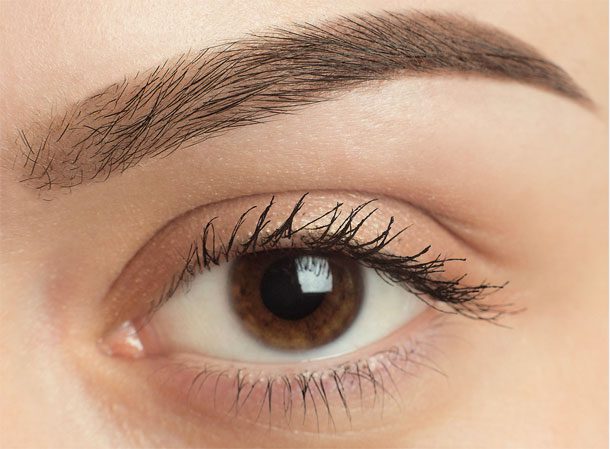Eyebrow Transplant UK
Eyebrows can be missing or thinning for a number of different reasons, such as over-plucking, alopecia, scars caused by facial injury or burns, or even from natural ageing.
We offer a revolutionary eyebrow transplant, using the FUE hair transplant technique. We can help to build on a thinning or damaged eyebrow, or even create a natural-looking, realistic eyebrow for those with no hair at all.
How does an eyebrow transplant work?
An eyebrow transplant is a procedure, similar to a hair transplant that works to reconstruct your eyebrows. The process works by taking donor hair from the scalp and transplanting it to the eyebrows to help achieve a fuller brow.
Donor hair is extracted from the back of the scalp, using the FUE technique, and then prepared under a microscope to extract the single follicular units.
After this, the donor hair is inserted into thinning areas in the eyebrows, or around the whole brow area to create natural-looking eyebrows using a 23 gauge hypodermic needle under a high magnification microscope.
Eyebrow hair transplant is a very delicate procedure, requiring perfect placement of the hairs into tiny incisions that are angled at just the right direction and positioned to mimic natural growth. No scalpels are needed and no stitches are required. The procedure is 100% micro-surgical. Patients will regain their natural growing eyebrows with no side effects.


